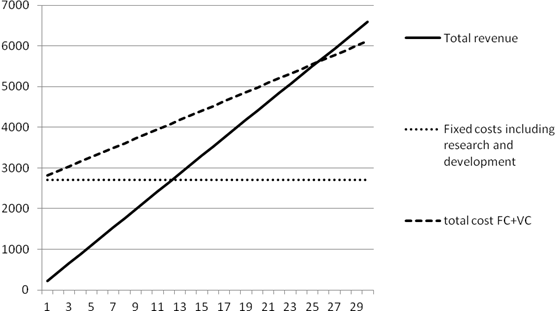Eye tracking can be used in two forms within Assistive Technology.
The first, as a control interface for people living with severe physical impairment. There are a number of manufacturers who provide a ‘plug and play’ option of this type of control interface.
The second is research tool to track the ‘jerking’ movements of the eye, called saccades. Human use this form of movement to build up a mental map of the environment. The fixation points or gaze are linked with visual perception and gestalt or gaze theory.
When used as part of a mixed methods approach, the system can provide quantitative evidence to cross-reference or triangulate with qualitative information (from interviews or participant viewer’s comments during the study).
Eye tracking provides quantified information supporting:
- Intent of the participant viewer;
- Effectiveness of usability;
- Effectiveness of control interfaces; and,
- Effectiveness of product semantics.
Modern eye tracking equipment use infrared light reflected from the cornea of the eye to monitor eye movement. Following calibration, the movement is calculated in relation to a screen or proximal task, within a narrow field of view from the eye. A common form uses screen based infrared emitters and sensors, but they can also be mounted onto a set of glasses to wear. The points given are not exact, as there is not an exact point at which the visual axis meets the retina. They can also be used in conjunction with a head tilt monitor to monitor-head-eye position.
Software can calculate and present data from a study in a number of formats:
- Animated representations of a point and pathway of saccadic movement and fixation points;
- Static representations of saccade paths;
- Heat maps, associated with the static representation of frequency of fixation points; and,
- Blind zones, where the participant viewers did not view the areas.
The main disadvantage is cost of research version of this technology; however, the control interface cost is becoming lower. This is because the traditional AT market is now augmented by gaming eye tracking control interfaces.
Useful links
Cohen, L., L.Mannion, and K.Morrison 2007. Research methods in education. 6th ed. London, New York: Routledge.
Lidwell, W., Holden, K., Butler, J., 2003. Universal principles of design: 100 ways to enhance usability, influence perception, increase appeal, make better design decisions, and teach through design, Rockport, Gloucester.
Martin, B., Hanington, B., 2012. Universal methods of design: 100 ways to research complex problems, develop innovative ideas, and design effective solutions, Rockport, Beverly.
Torrens, G., Badni, K., Hurn, K., Storer, I.J., 2015. An introduction to the development of a product Brand: an evidence-based template for use with first year undergraduate industrial designers. Engineering Design Graphics Journal, 79(2), pp. 24 -45.Available at: (https://dspace.lboro.ac.uk/dspace-jspui/handle/2134/18574), Accessed: [5/10/2015]
Wilson, J. R., and E. N. Corlett. 1995. Evaluation of human work: A practical ergonomics methodology. 2nd ed. London: Taylor & Francis.

